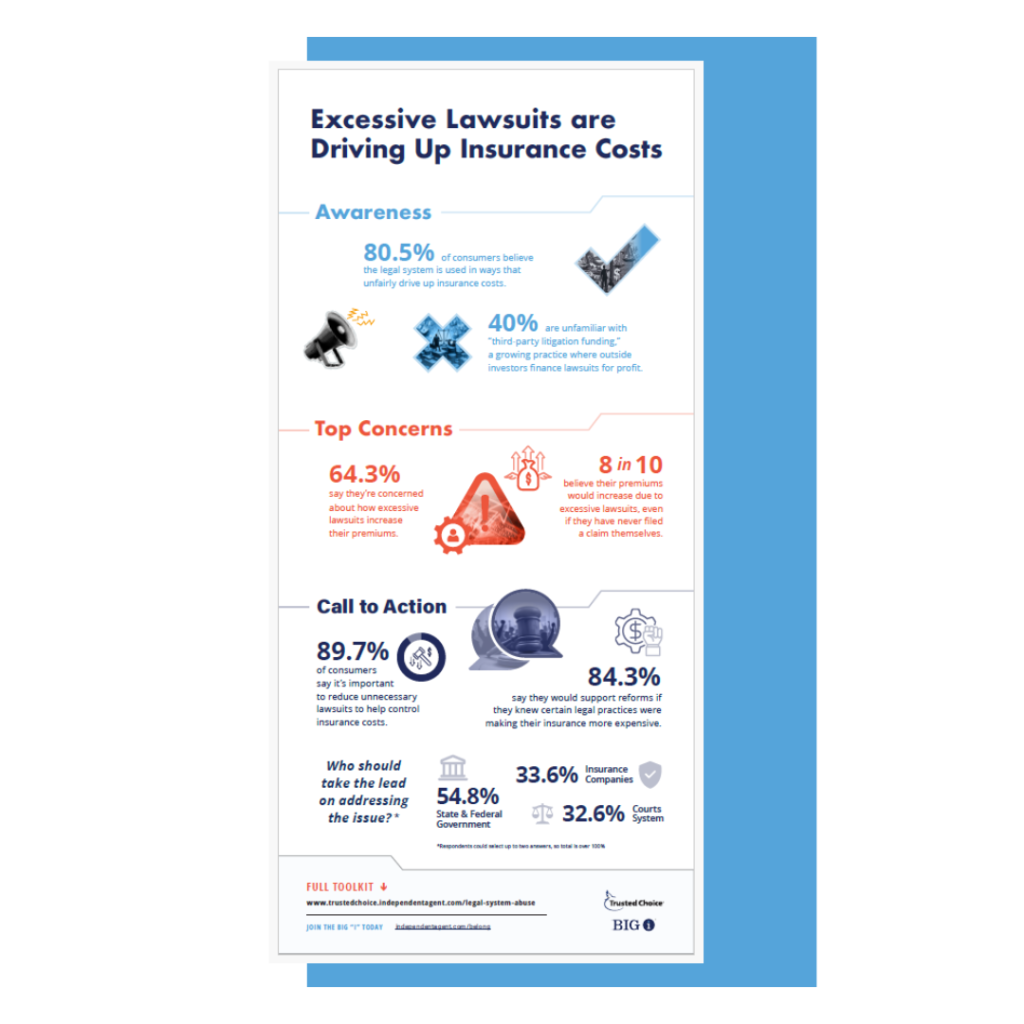Valuing Insurance Agencies
One time. One and one-half times. Two times. Multiple of commissions. Multiple of revenues. Multiple of earnings. Do any of these so-called benchmarks and “thumbnail measures” have any bearing on the value of your or any other independent or captive, retail, or wholesale P&C or L&H insurance agency? The answer is both YES – AND ABSOLUTELY NOT!
Author: Al Diamond One time. One and one-half times. Two times. Multiple of commissions. Multiple of revenues. Multiple of earnings. Do any of these so-called benchmarks and “thumbnail measures” have any bearing on the value of your or any other independent or captive, retail, or wholesale P&C or L&H insurance agency? The answer is both YES – AND ABSOLUTELY NOT! One time. One and one-half times. Two times. Multiple of commissions. Multiple of revenues. Multiple of earnings. Do any of these so-called benchmarks and “thumbnail measures” have any bearing to the value of your or any other independent or captive, retail or wholesale, P&C or L&H insurance agency?? The answer is both YES – AND ABSOLUTELY NOT! Almost every agent who has come to Agency Consulting Group, Inc. during the last twenty years for merger, acquisition, divestiture or stock or book valuation has sought a simplified measure of value, one that they could use to generalize the value of their own agency or others. Most have heard that agencies were being sold for one time, two times or some other multiple of commissions, revenues, earnings or some other gauge of income, gross or net. Unfortunately, the only way to use industry averages and benchmarks to value a business is if most businesses in the industry are similar enough to validate using generalities. And the insurance agency industry has proven that individual entities can be so dissimilar that their values cannot be interpolated from simplistic industry averages. A Simple (and all too frequent) Example: Two insurance agencies within a few miles of each other are both at $1 Million of revenue. Each came to Agency Consulting Group, Inc. with a desire for a valuation and each asked if the multiple of one to one and one-half times revenue was valid. We asked each to complete our Valuation Questionnaire including providing us their financial and book of business documents to support a valuation. Here is what we found: Agency One was fifty years old and reached two million in revenue about ten years ago. For five years they were relatively stable then their income began slipping regularly for the last five years until they approached us with their $1 million book of business. The owners were both near 70 years old; the employees were either in their late 60’s or were new to the agency.
Would a benchmark or average sale price of agencies apply to both (or either) of these businesses?? The valuation of an insurance agency is constructed differently from that of a commercial building or of that of service business like a dry cleaner. While conditions could change that would render common value methods for the building or dry cleaner invalid under certain circumstances, most buildings and businesses like dry cleaners exist in a relatively stable environment and enjoy commonalities with other relatively similar buildings and businesses. Insurance agencies are so different from one another that, while industry averages exist, they do so only as a point of reference, not as a measurement tool. Take three different agencies of $1 million in revenue. One is a general agency insuring primarily personal lines with 1000 – 1500 small premium customers each renewing annually. Another is a life insurance agency that must continuously sell new business in order to maintain its revenue level because renewal commissions are small and of limited duration. The third is specialty commercial agency writing 50 large, high profile accounts. If the last 100 agency values reviewed averaged 1.25 times revenue when their revenue bases divided their values, could you then interpolate that these three agencies were also worth 1.25 times their respective revenues? Of course not. An insurance agency value must depend on its future earnings power under whatever conditions are demanded by the reason for the valuation. This implies that an agency can bear different values under different circumstances. For instance, the value of an agency as a going concern depends upon its historical and projected future performance based on the continued similar performance (or with planned changes) of its owners and staff. On the other hand, the same agency being valued for sale due to its owner’s retirement will depend upon the conditions under which the purchasing entity would cause the purchased agency to generate earnings for the new owners. If the owners required the agency location to remain open and staffed, the revenue potential is different than if the location could be closed and the staff and customer base integrated into the purchasing business. When valuing an agency, the valuer must consider the agency’s historical performance and must create a proforma of its future performance expectation based on the criteria and specifics of the valuation. This will yield a raw projection of earnings potential. One part of an agency valuation that is often missed by the novice and amateur valuer is the addition or reduction in earnings potential by the risk factors in the agency. Risk Factors Agency Consulting Group, Inc.’s list of risk factors that add or diminish the raw value of a book of business has grown to several hundred items. Risk factors are the individual issues in an agency that can cause its value to shrink or to grow beyond the level that average historical growth and profitability would lead one to believe. For instance, loss ratio problems with its carrier could imperil growth and profit that would otherwise be expected from an agency’s historical performance. Conversely, the addition of new, young aggressive producers would add to the potential value established from data created before the new staff members were added. Risk factors that refine the value of the soft assets and goodwill of an agency are a prime example of the special knowledge that is needed by valuers of insurance agencies. While many other industries may provide standardized value methods, the insurance agency businesses around the country are so varied in their nature that only professionals schooled in the operation of this industry should be assigned the task of valuing these entities. Tangible Net Worth Most agencies in the U.S. have limited Net Worth outside of the value of the ‘soft’ assets of its book of business (future earnings stream). However, if stock is to be valued, the valuer must also calculate the Tangible Net Worth of the company to add to its Goodwill Value. Tangible Net Worth should be calculated from established, prepared balance sheets. Questionable Assets should be analyzed with a competent accountant before using within an agency value as it would in any business valuation. Summary Insurance agencies are not mysterious or difficult businesses to understand. However, the variations in the operation of insurance agencies require specialized knowledge to value without potentially costly mis-steps. Be careful of the pundits and publications that report multiples of commission, revenue or earnings as the “average” value calculation for agencies. It is easy to work backwards and take fully matured values and divide them by commissions, revenues or earnings (raw or proforma). But the only way it makes sense is working backwards. In a recent year, Agency Consulting Group, Inc. performed these calculations on all valuations conducted. The range of values extended from .45 times the agency’s revenue to well over three times the agency’s revenue. However, the .45 (valuing the agency at less than one-half of the agency’s annual revenue) was for an agency that was functionally bankrupt and was sold for its receivables. On the other hand the agency valued at over three times its revenue was valued in that way because the owner required a long-term annuity payout for tax and estate reasons. Including agencies like these (and many other ‘non-standard’ situations) in “industry averages” obviously skews the figures out of the range of reasonability.
E-mail: info@agencyconsulting.com Copyright 2002-2010 by Agency Consulting Group, Inc. Used with permission. |









